We tried Tesla Autopilot and Cadillac Super Cruise in the same week - here's what it was like
Super Cruise is so good at the one thing it does well that I'm going to give it to Cadillac, with some caveats.

... Super Cruise?
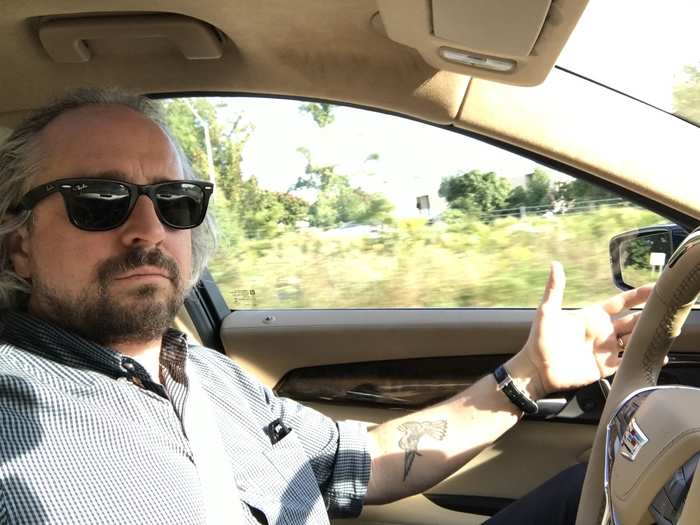
So which system has the edge? Autopilot or ...
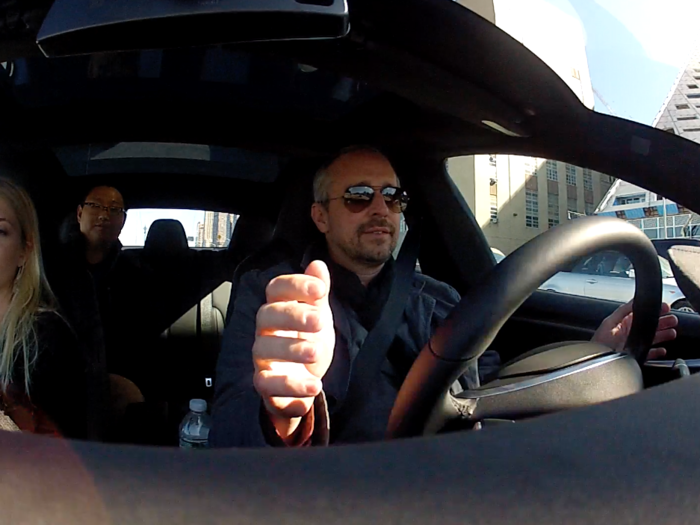
Get those hands back on the wheel!
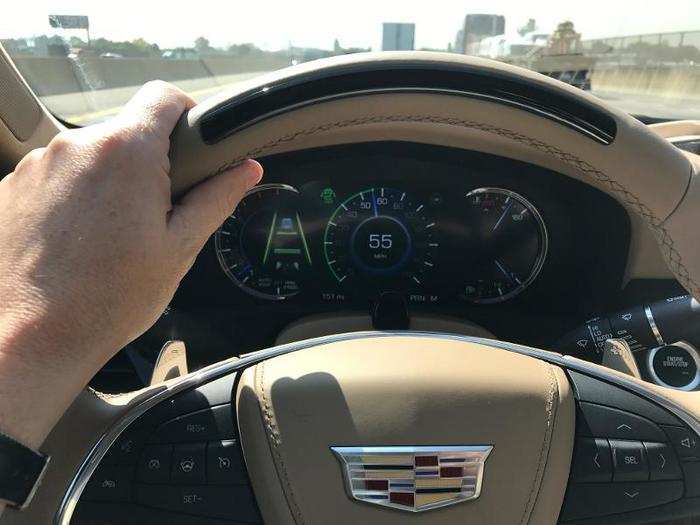
In a Tesla running Autopilot, when everything lights up blue, the system is active. With Super Cruise, green means go.
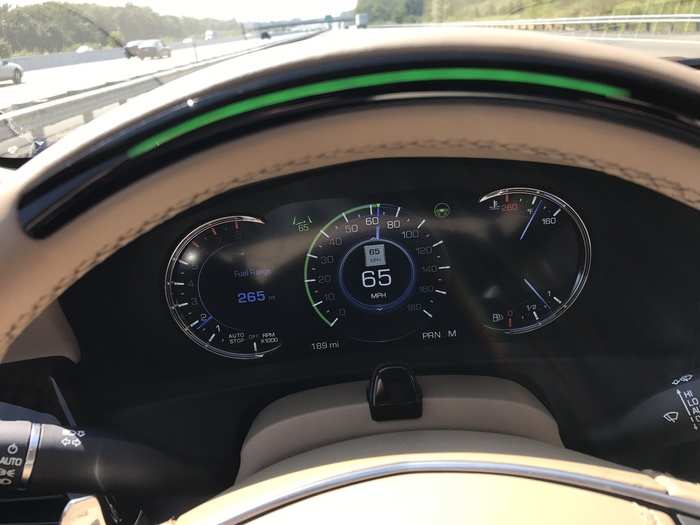
Cadillac and GM have used laser-radar (Lidar) mapping to suss out 130,000 miles of highways, so Super Cruise is starting with a detailed digital landscape. For example, it won't make itself available to the driver if the highway being used isn't up to par, due to construction, for example.
Once you have turned on adaptive cruise control (ACC) and collision avoidance, and have set the cruising system — a familiar process to any owner of a modern luxury vehicle with ACC — Super Cruise will signal that it's ready by bringing up a steering-wheel icon on the cluster. Then you simply push the corresponding button on the steering wheel, and the entire cruise-control system goes green and a green light bar at the top of the wheel illuminates.
Then you can safely remove your hands from the wheel, restrained only by your own lack of anxiety about a self-steering $82,000 sedan.
The actual steering is human-like in long, sweeping curves — Super Cruise seems to plot a gradual arc — but in tighter curves, the system shimmies its way through in a manner that's similar to what Tesla's Autopilot does.
There's an occasional wiggle when some lane-keeping calculations are underway, but otherwise, Super Cruise is pretty placid. Even being hemmed in by three semis at 65 mph on the Jersey Pike didn't seem to perturb it, and that's usually a white-knuckle situation that compels me to take back total control.
If your eyes wander, the green light bar flashes to bring you back on point, and if you persist, red flashes are accompanied by a seat buzz. Continued obliviousness prompts more rapid red flashing, a warning message on the cluster, and a voice command telling you to take control while the system deactivates (ACC remains on, however, as does the collision-avoidance tech).
Super Cruise is also easy to activate — on balance, easier than Autopilot, which is saying something because Autopilot is super-simple.
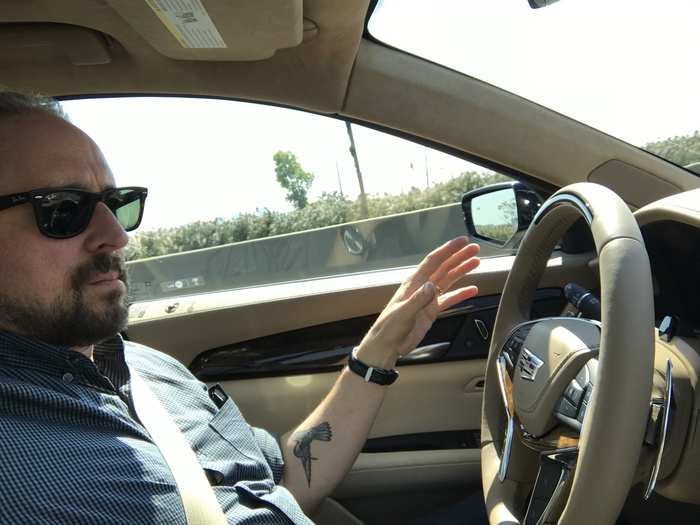
But you aren't going to have access to Super Cruise anywhere near as often as you will with Autopilot. Super Cruise will only present itself for duty if these conditions are met: adaptive cruise control is active; the forward collision system is set to alert and brake; the vehicle is on a limited-access freeway; camera or radar sensors are not covered, obstructed, or damaged; the system detects that the driver appears attentive; lane markings are clearly visible, not blurred by weather or other factors; and the "Teen Driver" feature isn't on.
About that "driver appears attentive" part: Super Cruise uses a camera mounted on the steering column to monitor how attentive you're being. It disengages if your eyes wander from the instrument cluster. So although it's possible to engage in risky and distracting behaviors, such as texting or checking Instagram, the system will eventually bust you.
On the Super Cruise side, we have the 2018 Cadillac CT6, the brand's new flagship sedan.
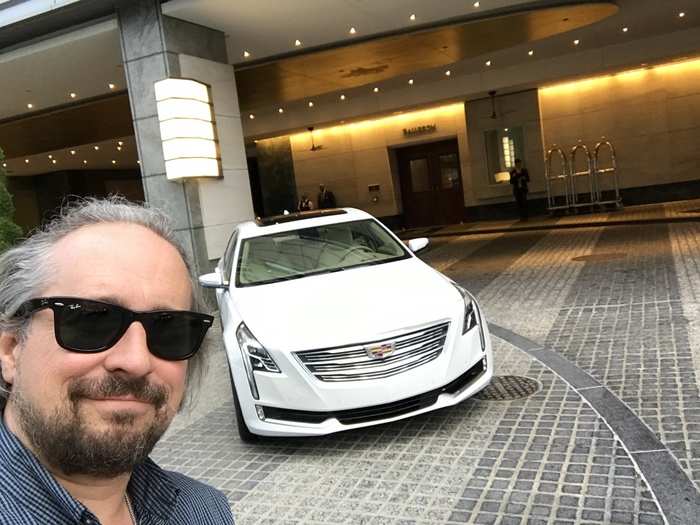
Super Cruise is a $5,000 extra available on only the CT6. Autopilot, of course, is available on all Tesla vehicles that have the correct hardware package (there are no Autopilot Roadsters, for example — that original vehicle is too old).
The CT6 can be had for around $70,000 total on the Premium trim level, and it's standard when you step up to the $82,000 Platinum trim. Overall, it's a very costly option, just as it is on Tesla vehicles. However, the most expensive Caddy CT6 is far less expensive than the most expensive Tesla. But don't forget that Tesla cars don't run on gas, and with the exception of a plug-in hybrid version of the CT6, Caddys mostly do.
An apples-to-apples comparison of the CT6 to the Model X as far as the cars themselves go doesn't make much sense — the Model X is theoretically more versatile as an SUV, while the Caddy is a BMW-fighting American luxury four-door. That said, I have also sampled Autopilot in a Model S P90D, which about a year ago was Tesla's top-line sedan.
Tesla aims for sleek, minimalist luxury, but to some, it might not be up to the same level as what you get in the Cadillac. In a Tesla, you're in the car of the future, but you could excuse that for thinking that you're in a really nice Toyota. Tesla has addressed this complaint and the last time I sat in a Model S — P100D edition — the luxe factor was much higher.
But the CT6 is a beautifully executed luxury barge, so if that matters deeply to you, you will experience Super Cruise in an environment that is objectively superior to the Model X or S. But just to be clear: this type of traditional luxury isn't for everyone — many Tesla fans, owners, and potential customers might consider it overdone and simply desire a great interior that's also very open and airy thanks to lack of a gas-powered drivetrain running through the middle of the car.
You can briefly go hands-free with Autopilot, but I don't recommend it. And the system really wants you to keep those hands on the wheel.
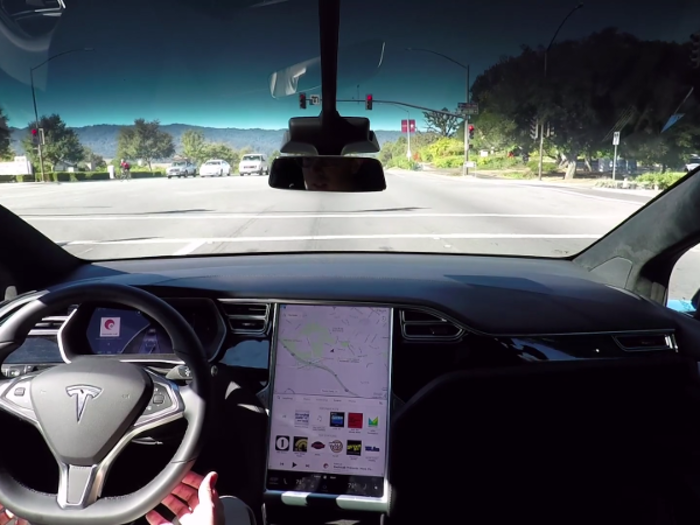
Autopilot periodically prompts you to retake control, flashing a lighted ring around the instrument cluster. If you ignore the warnings, the system will eventually disable itself until you run through a charge cycle (meaning you have to pull into a charging location and plug it in, but you don't have to fully deplete the battery).
When I tried Autopilot last year in a Model S P90D, I noticed that the system tackles curves by moving through them in short, straight lines, as it's micro-plotting a trajectory. Little wheel wiggles are what you have to get used to, rather than the smooth curve calculations that a human can undertake.
Autopilot can change lanes and park itself without having a driver inside. It can also take itself out of a garage, and generally begin to behave like a robot chauffeur. For now, it can be used effectively in stop-go-traffic and on non-highway thoroughfares, so it works like the best adaptive-cruise-control system on the market.
The big difference as far as I discern between Super Cruise running on the highway and Autopilot in the same environment is that Autopilot drives likes its learning on the fly while Super Cruise seems to be reading a very detailed map. Makes sense, as this would be the major distinction between a Lidar-mapping approach and a visually based system.
When the map is no good for Super Cruise, the driver is back in charge. With Autopilot, the situation is more ambiguous. This makes Autopilot more of an adventure and ironically compels the driver to pay closer attention to what's going on, at least for now.
Autopilot is easy to use. When the system is available, it alerts you by displaying a steering-wheel icon, then you can pull down twice on a small control stalk to activate it. You can monitor the sensor in action via the instrument cluster.
Autopilot can, in theory, be used under many driving conditions, and because it doesn't use Lidar, Tesla believes that it can operate in bad weather better than other systems. Our weather was mostly good, but we did combine daytime and nighttime driving, and we used Autopilot throughout. There was also a brief period of rain when we didn't use the tech.
Autopilot is at its best on large freeways where traffic is moving at a consistent speed. But it can function on what I would call smaller highways and multi-lane thoroughfares, sort of like very advanced adaptive cruise control.
Currently, the system is what Tesla calls "Enhanced Autopilot" ("Full Self-Driving Capability" is on the horizon and Tesla thinks it has the right software/hardware combo to make it work). Autopilot now costs $5,000 to add when you order a vehicle, but $6,000 as a post-purchase upgrade.
As Tesla explains it on the website:
Eight surround cameras provide 360 degrees of visibility around the car at up to 250 meters of range. Twelve updated ultrasonic sensors complement this vision, allowing for detection of both hard and soft objects at nearly twice the distance of the prior system. A forward-facing radar with enhanced processing provides additional data about the world on a redundant wavelength that is able to see through heavy rain, fog, dust and even the car ahead.
Yes, redundant wavelengths are quite cool!
Fast forward a few years and a brand new Tesla Model X P100D with the latest Autopilot hardware and software landed in my driveway.
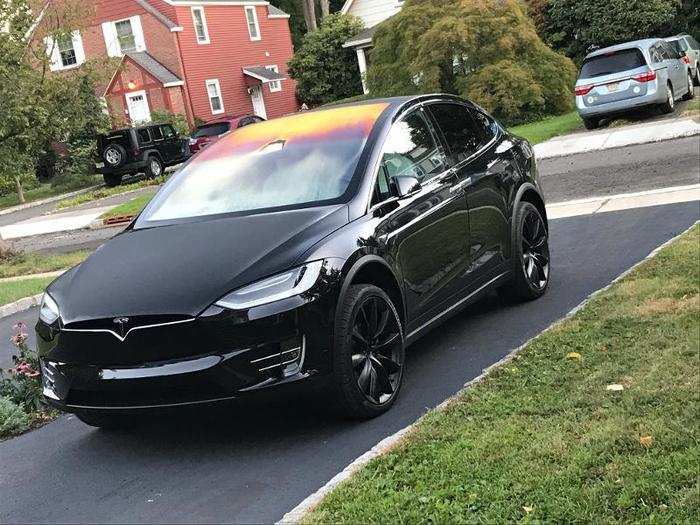
That trippy coloring at the top of the windshield, by the way, is due to the tinting and some early morning condensation. The Model X has a huge windshield that functions almost like a moonroof. But all the glass lets in a lot of glare and heat.
The Model X P100D is the top-of-the-line model, and it costs about $140,000. Ours was set up with a three-row, seven-passenger configuration that handled me, my lovely wife, all three of my kids, my dog, and all our stuff for a weekend trip. There's no gas-motor under the hood, just an electric motor over each axle (providing "dual motor" all-wheel-drive), so you have extra storage in a front "frunk" in addition to the traditional cargo area in back.
The P100D has Ludicrous Mode and is very fast, plus it sports the famous "falcon wing" doors. The electric range is about 280 miles per charge, thanks to a 100 kilowatt-hour battery pack.
We tried an earlier version of Autopilot several years back and really got into it. But then after a fatal accident involving the technology, we rethought our enthusiasm and decided that going hands-free was too risky.
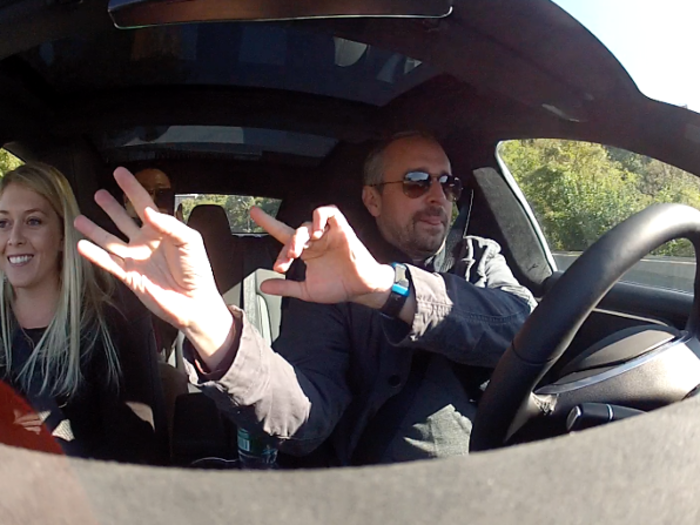
Popular Right Now
Popular Keywords
Advertisement